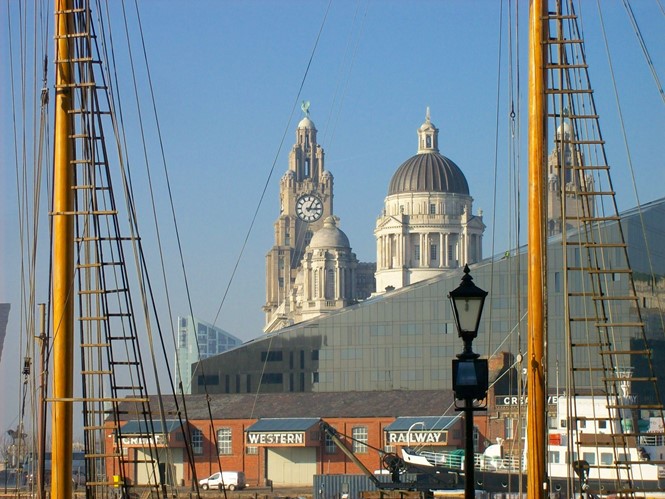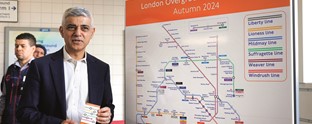Place branding: Liverpool

With a year in the spotlight in 2008, Liverpool made headway in terms of changing its place brand. Now, over a decade on, it is reevaluating that strategy to prepare for a more collaborative, representative future place brand. Brittany Golob reports
Before its year as European Capital of Culture in 2008, Liverpool was, at best, disappointing – for tourists, investors and students alike. But, using the 2008 year as a catalyst to affect change across the region, Liverpool has changed. And, in 2018, it reevaluated its place brand strategy, honing it and crafting fresh goals and communications to ensure that it will continue to see improvement over the next 10 years.
“That really was the defining turning point for the brand,” says Chris Brown, director of Marketing Liverpool. The 2008 title year allowed Liverpool to examine itself as a place and change how it positions itself and, crucially, how its citizens and businesses think about and talk about the brand. Using 2018 as a second inflexion point in its place brand journey, the city is now turning its sights on 2028. In a decade, it plans to transform the city from a ‘surprising’ destination to an ‘inspiring’ one, in the same way it moved from ‘disappointing’ to ‘surprising’ in the preceding 10 years.
The strategy has taken on a multi-stakeholder flavour. Marketing Liverpool is driving the change, but its goal was to ensure the resulting brand is apolitical, embraced by people across the city, and flexible enough to grow as the region changes. That marks a shift from the preceding ‘It’s Liverpool’ brand, which had become politicised, with businesses using the logo to curry favour with government.
Marketing Liverpool has thus engaged local businesses, universities and community partners to ensure the new strategy is authentic and supported by the people who comprise the city. Following that initial stage of stakeholder engagement and research, Marketing Liverpool is working on a new brand positioning document and narrative for use across the city.
“We’re making sure that the narrative is not full of branding jargon,” says Brown. “It’s not about logos and slogans and fonts and colours. It’s about the place in which [our partners] live and work and they invest in and they visit.” He hopes that through the testing phase, the narrative will resonate with Liverpudlians who will see the new place brand as reflective of the place in which they live. This is an important step for Marketing Liverpool. Brown says, “Before we move from narrative to campaigning and using it in a more forward and outward-facing way, we need to get the buy-in of the stakeholders whom we want support from. Otherwise it becomes a propaganda exercise, and this cannot be a propaganda exercise.”
To develop this narrative, Marketing Liverpool turned to the inspiring elements of the city itself. It has an edge and a drive and a distinct Liverpool flavour, otherwise, Brown says, “You could be writing about any place, anywhere.” Liverpool’s citizens won’t hesitate to shun a brand that describes their place in a way they don’t believe in themselves, he adds.
The fresh approach will offer a more distinct brand that feels like Liverpool, without forcing itself upon its stakeholders in the way ‘It’s Liverpool’ was beginning to. “We knew four or five years ago that we needed to change and move away and we needed to use the kind of blend of a place to really drive the brand of that place. For any location it’s about taking your time to do this and making sure that you bring in the constituents that fundamentally are going to be the brand ambassadors of your place. Those are your businesses, your residents, your schools. All of those people need to be connected into the journey otherwise they won’t engage on the journey,” says Brown.
One year into the renewed place brand journey, there is much still to be achieved. But, the city is getting younger, as students stay on after university and new businesses are springing up in the city’s creative and tech clusters. It has also offered a revived tourism experience by redeveloping the iconic waterfront. “The change that’s taken place is not just physical,” Brown says, though. “It’s also mental. There’s much more of a spring in the step of the people.” Surprising, yes, but inspiring too.












